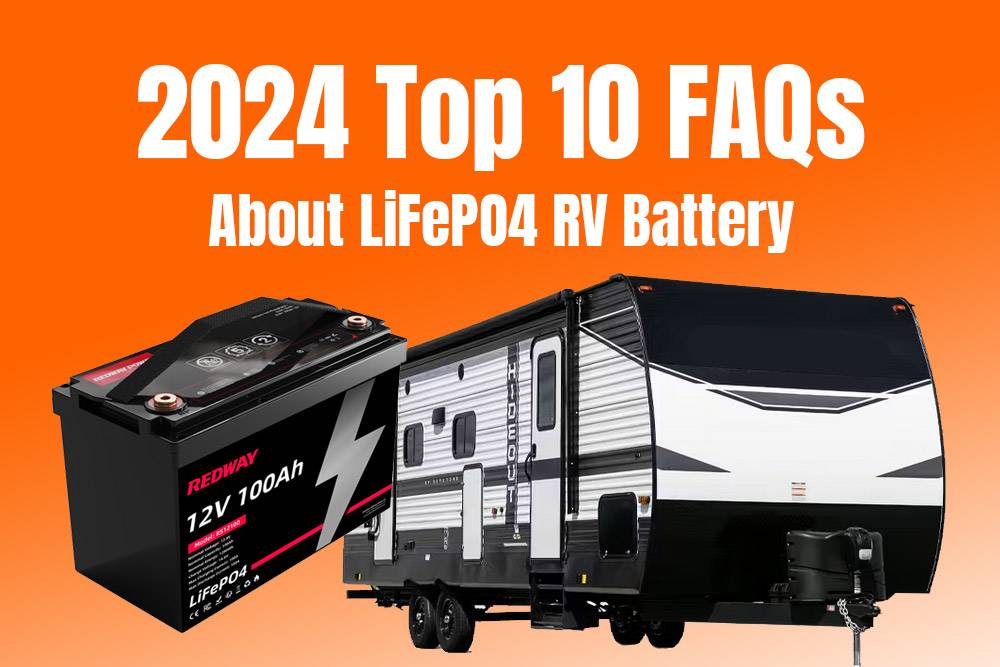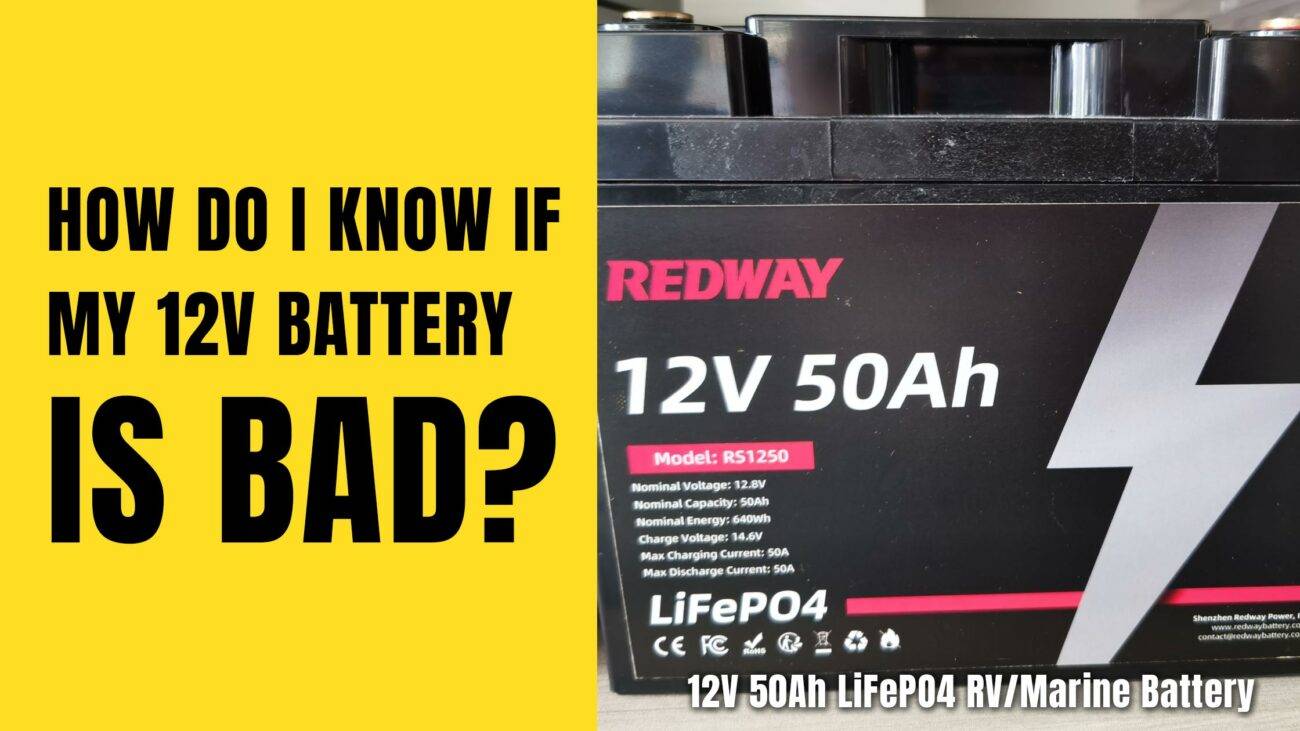- Forklift Lithium Battery
-
48V
- 48V 210Ah
- 48V 300Ah
- 48V 420Ah (949 x 349 x 569 mm)
- 48V 420Ah (950 x 421 x 450 mm)
- 48V 456Ah
- 48V 460Ah (830 x 630 x 590 mm)
- 48V 460Ah (950 x 421 x 450 mm)
- 48V 460Ah (800 x 630 x 600 mm)
- 48V 460Ah (820 x 660 x 470 mm)
- 48V 500Ah
- 48V 560Ah (810 x 630 x 600 mm)
- 48V 560Ah (950 x 592 x 450 mm)
- 48V 600Ah
- 48V 630Ah
-
48V
- Lithium Golf Cart Battery
- 12V Lithium Battery
12V 150Ah Lithium RV Battery
Bluetooth App | BCI Group 31
LiFePO4 Lithium
Discharge Temperature -20°C ~ 65°C
Fast Charger 14.6V 50A
Solar MPPT Charging - 24V Lithium Battery
- 36V Lithium Battery
- 48V Lithium Battery
-
48V LiFePO4 Battery
- 48V 50Ah
- 48V 50Ah (for Golf Carts)
- 48V 60Ah (8D)
- 48V 100Ah (8D)
- 48V 100Ah
- 48V 100Ah (Discharge 100A for Golf Carts)
- 48V 100Ah (Discharge 150A for Golf Carts)
- 48V 100Ah (Discharge 200A for Golf Carts)
- 48V 150Ah (for Golf Carts)
- 48V 160Ah (Discharge 100A for Golf Carts)
- 48V 160Ah (Discharge 160A for Golf Carts)
-
48V LiFePO4 Battery
- 60V Lithium Battery
-
60V LiFePO4 Battery
- 60V 20Ah
- 60V 30Ah
- 60V 50Ah
- 60V 50Ah (Small Size / Side Terminal)
- 60V 100Ah (for Electric Motocycle, Electric Scooter, LSV, AGV)
- 60V 100Ah (for Forklift, AGV, Electric Scooter, Sweeper)
- 60V 150Ah (E-Motocycle / E-Scooter / E-Tricycle / Tour LSV)
- 60V 200Ah (for Forklift, AGV, Electric Scooter, Sweeper)
-
60V LiFePO4 Battery
- 72V~96V Lithium Battery
- Rack-mounted Lithium Battery
- E-Bike Battery
- All-in-One Home-ESS
- Wall-mount Battery ESS
-
Home-ESS Lithium Battery PowerWall
- 24V 100Ah 2.4kWh PW24100-S PowerWall
- 48V 50Ah 2.4kWh PW4850-S PowerWall
- 48V 50Ah 2.56kWh PW5150-S PowerWall
- 48V 100Ah 5.12kWh PW51100-F PowerWall (IP65)
- 48V 100Ah 5.12kWh PW51100-S PowerWall
- 48V 100Ah 5.12kWh PW51100-H PowerWall
- 48V 200Ah 10kWh PW51200-H PowerWall
- 48V 300Ah 15kWh PW51300-H PowerWall
PowerWall 51.2V 100Ah LiFePO4 Lithium Battery
Highly popular in Asia and Eastern Europe.
CE Certification | Home-ESS -
Home-ESS Lithium Battery PowerWall
- Portable Power Stations
Top 10 FAQs about LiFePO4 RV battery in 2024

LiFePO4 (lithium iron phosphate) RV batteries are gaining popularity among RV enthusiasts due to their superior performance, longevity, and safety features compared to traditional lead-acid batteries. With a lifespan of up to 10 years and fast charging capabilities, these batteries are ideal for powering RV appliances and systems. Understanding their benefits and maintenance needs is essential for maximizing their efficiency.
What Are the Key Advantages of LiFePO4 Batteries for RVs?
LiFePO4 batteries offer several advantages over conventional lead-acid batteries, making them an attractive option for RV owners:
- Longer Lifespan: LiFePO4 batteries can last up to 10 years, significantly longer than lead-acid batteries.
- Faster Charging: They charge more quickly, reducing downtime during trips.
- Higher Energy Density: These batteries provide more power in a smaller, lighter package.
Chart: Comparison of Battery Lifespan
| Battery Type | Expected Lifespan (Years) |
|---|---|
| Lead-Acid | 3-5 |
| LiFePO4 | 8-10 |
How Do You Charge LiFePO4 Batteries in an RV?
Charging a LiFePO4 battery requires a compatible charger designed specifically for lithium batteries. Follow these steps:
- Use a Dedicated Charger: Ensure your charger is suitable for LiFePO4 chemistry.
- Set Proper Parameters: Adjust the charger settings according to the manufacturer’s specifications.
- Monitor Temperature: Charge in a temperature range of 32°F to 113°F (0°C to 45°C) for optimal performance.
Chart: Charging Parameters for LiFePO4 Batteries
| Parameter | Recommended Value |
|---|---|
| Charging Voltage | 14.6 – 14.8 V |
| Charging Current | Up to 0.5C (50% of capacity) |
| Temperature Range | 32°F to 113°F (0°C to 45°C) |
Why Should You Consider Upgrading from Lead-Acid to LiFePO4 Batteries?
Upgrading from lead-acid to LiFePO4 batteries can enhance your RV experience by providing:
- Weight Savings: LiFePO4 batteries are significantly lighter, improving fuel efficiency.
- Maintenance-Free Operation: Unlike lead-acid batteries, they do not require regular water top-ups or terminal cleaning.
- Consistent Power Output: They maintain stable voltage throughout their discharge cycle.
What Are the Common Misconceptions About LiFePO4 Batteries?
Several misconceptions exist regarding LiFePO4 batteries:
- Cost: While they have a higher upfront cost, their longevity and low maintenance make them more economical over time.
- Performance in Cold Weather: Some believe they cannot perform well in cold conditions; however, many modern models are designed with thermal management systems.
- Installation Complexity: Many users think installation is complicated, but it can be straightforward with proper guidance.
Chart: Common Misconceptions vs. Facts
| Misconception | Fact |
|---|---|
| They are too expensive | Cost-effective over the long term |
| Poor performance in cold weather | Many models perform well in low temperatures |
| Installation is overly complex | Installation can be simple with guidance |
How Do You Maintain LiFePO4 Batteries?
Proper maintenance ensures the longevity and performance of your LiFePO4 battery:
- Regular Monitoring: Check state of charge and avoid deep discharges.
- Temperature Management: Keep the battery within the recommended temperature range during use and charging.
- Use Appropriate Chargers: Always use chargers designed for lithium technology to prevent damage.
Why Is It Important to Monitor Battery Health?
Monitoring battery health is crucial as it helps you identify potential issues before they become serious problems. Regular checks can prevent overcharging, deep discharging, and temperature extremes that could shorten battery life or cause safety hazards.
Industrial News
The market for lithium-ion batteries is rapidly evolving, particularly in the RV sector where demand for efficient energy solutions is increasing. Recent innovations focus on enhancing battery management systems (BMS), which improve safety and performance by monitoring charge levels and temperatures. Additionally, manufacturers are developing more compact designs that allow for easier integration into various RV models.
Redway Power Expert Views
“Switching to LiFePO4 batteries represents a significant upgrade for RV owners looking for reliability and efficiency. Understanding how to properly charge and maintain these batteries will ensure you get the most out of your investment,” states an expert from Redway Power.

FAQs
How to charge a large LiFePO4 RV battery bank?
Charging a large LiFePO4 RV battery bank involves using a compatible charging system capable of delivering sufficient current and voltage to charge multiple batteries simultaneously. Use a multi-stage charger designed for lithium batteries, set to the appropriate charging parameters recommended by the battery manufacturer. Install proper wiring, fusing, and monitoring equipment to ensure balanced charging and prevent overcharging or overheating.
How to build an RV lithium-ion battery?
Building an RV lithium-ion battery involves selecting individual lithium-ion cells, assembling them into a battery pack, and integrating necessary components such as a battery management system (BMS), thermal management system, and protective casing. Follow proper safety precautions, adhere to manufacturer specifications for cell selection, wiring, and assembly, and consider consulting professionals or using pre-built battery modules for reliability and safety.
Can you use Greenlife lithium batteries in an RV?
Greenlife lithium batteries can be used in an RV if they meet the voltage, capacity, and compatibility requirements of your RV’s electrical system. Ensure that the Greenlife batteries are designed for RV use, have suitable voltage ratings, and integrate seamlessly with your RV’s charging and monitoring systems. Consult with professionals or the battery manufacturer for specific recommendations and installation guidelines.
How to charge RV lithium batteries from a truck?
Charging RV lithium batteries from a truck involves connecting the batteries to the truck’s electrical system using appropriate cables and connectors. Utilize a charging method such as alternator charging or installing a dedicated DC-DC charger to convert the truck’s electrical output to the required voltage and current for charging the lithium batteries. Ensure proper wiring, fusing, and safety precautions to prevent overcharging or damaging the batteries and comply with local regulations.

Can an RV battery charger designed for lead-acid batteries charge AGM or lithium batteries?
An RV battery charger designed for lead-acid batteries may not be suitable for charging AGM or lithium batteries without modifications or compatibility considerations. While some chargers may have selectable charging profiles for different battery types, others may require additional accessories or adjustments to charge AGM or lithium batteries safely and effectively. Consult with the charger manufacturer or battery experts to determine compatibility and ensure proper charging procedures.
Who can I get to install a lithium battery system in an RV?
You can hire professional RV technicians, electricians, or specialized RV service centers to install a lithium battery system in your RV. Look for experienced professionals familiar with lithium battery technology, RV electrical systems, and safety regulations. Ensure they follow manufacturer guidelines, use quality components, and provide warranty support for the installation. Alternatively, some lithium battery manufacturers may offer installation services or recommendations for certified installers.
Can one 12V lithium RV battery made from 18650 batteries be connected to a lead-acid battery?
Connecting a 12V lithium RV battery made from 18650 batteries to a lead-acid battery may not be recommended due to differences in charging characteristics and voltage profiles. Mixing battery chemistries and capacities can lead to imbalanced charging, overcharging, or damage to the batteries. It’s essential to consult with battery experts or manufacturers for compatibility considerations and follow proper wiring and charging procedures to avoid safety hazards and maximize battery performance.

Can I mix lithium batteries with gel AGM batteries in an RV?
Mixing lithium batteries with gel AGM batteries in an RV is generally not recommended due to differences in charging characteristics, voltage requirements, and safety considerations. Mixing battery chemistries can lead to imbalanced charging, overcharging, or damage to the batteries, posing safety hazards and reducing battery lifespan. It’s essential to use batteries of the same chemistry and specifications, consult with experts for compatibility considerations, and follow proper installation and charging procedures to ensure optimal performance and safety.
Do RV lithium batteries need to vent?
RV lithium batteries generally do not require venting like lead-acid batteries because they do not produce gases during operation. However, if your lithium battery system includes a built-in battery management system (BMS) that monitors and regulates battery temperature, it may have provisions for venting in case of extreme conditions. Consult your battery manufacturer’s recommendations and local regulations to determine if venting is necessary for your specific setup.
Can you install lithium RV batteries on their side?
Some lithium RV batteries are designed to be installed in various orientations, including on their side, depending on the manufacturer’s specifications and mounting options. However, it’s essential to consult the battery manufacturer’s guidelines and recommendations for proper orientation, mounting requirements, and safety considerations. Ensure adequate ventilation, secure mounting, and proper wiring to prevent damage to the batteries and maintain optimal performance.
Is there an adsorption phase voltage for lithium-ion RV batteries?
Lithium-ion RV batteries typically do not require an adsorption phase voltage like lead-acid batteries during charging. Instead, lithium batteries require a specific charging profile with stages such as bulk charging, absorption charging, and float charging to optimize performance and battery lifespan. Consult with the battery manufacturer or charging equipment provider for recommended charging parameters and ensure compatibility with your lithium-ion RV batteries.
Does charging a lithium RV battery require a multi-stage charger?
Charging a lithium RV battery typically requires a multi-stage charger or a charger specifically designed for lithium batteries to ensure proper charging characteristics and maximize battery performance and lifespan. Multi-stage chargers provide charging profiles with stages such as bulk charging, absorption charging, and float charging to optimize charging efficiency and battery health. Consult with the battery manufacturer or charging equipment provider for recommended charging procedures and equipment compatibility.

Can a truck alternator charge RV lithium batteries?
Yes, a truck alternator can charge RV lithium batteries when properly connected and integrated with a suitable charging system. Utilize a DC-DC charger or charging relay to regulate the charging voltage and current from the alternator to the lithium batteries, ensuring compatibility with lithium battery charging requirements. Install proper wiring, fusing, and safety precautions to prevent overcharging or damaging the batteries and comply with local regulations.
Can older RVs use lithium RV batteries in 2019?
Older RVs can potentially use lithium RV batteries with modifications or upgrades to the existing electrical system, wiring, and charging equipment. However, compatibility depends on factors such as voltage requirements, charging methods, and space constraints. Older RVs may require more extensive modifications to accommodate lithium batteries, such as upgrading the charging system, wiring, and battery monitoring equipment. Consult with professionals and consider your RV’s specifications and requirements before switching to lithium batteries.
What lithium batteries are best for an RV?
The best lithium batteries for an RV depend on factors such as budget, power requirements, space constraints, and desired features. Popular brands include Battle Born, Renogy, and Victron Energy, known for their reliability, performance, and customer support. Consider factors such as battery capacity, voltage compatibility, warranty, and user reviews when selecting the best lithium battery for your RV.
What is the best solar panel for lithium batteries in an RV?
The best solar panel for lithium batteries in an RV depends on factors such as power output, efficiency, durability, and compatibility with your RV’s electrical system. Renogy, Grape Solar, and Goal Zero are popular brands known for their quality solar panels suitable for RV applications. Consider factors such as panel size, mounting options, and available sunlight in your travel destinations when selecting the best solar panel for your RV lithium batteries.

















